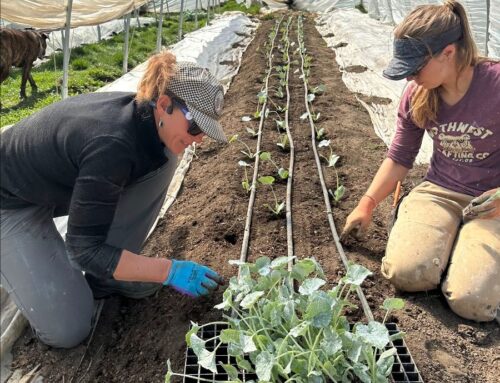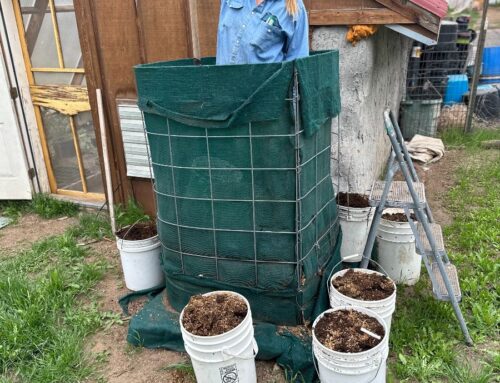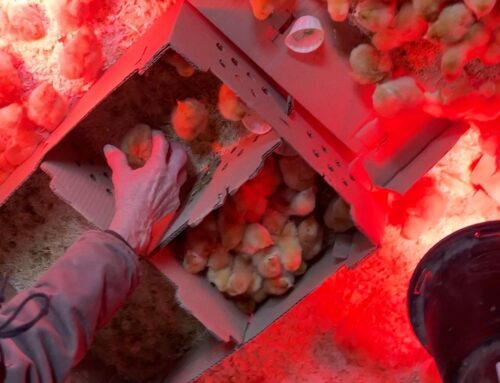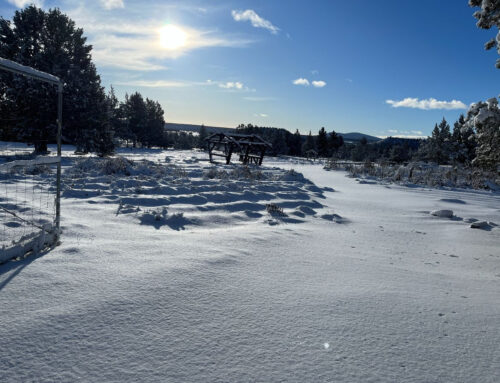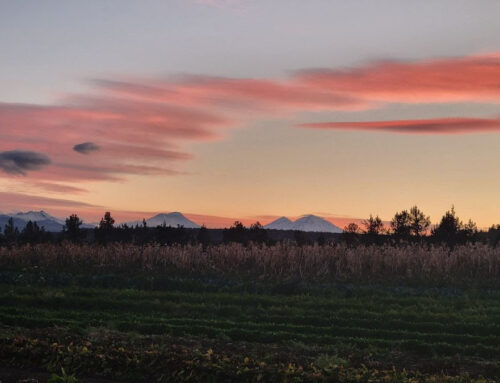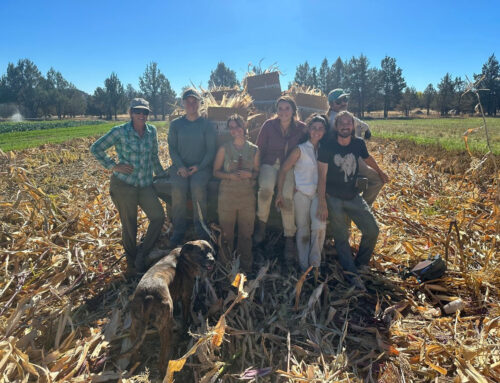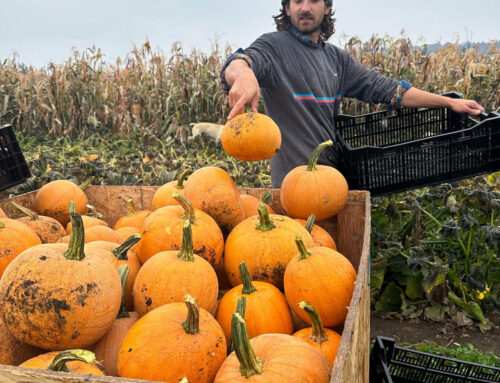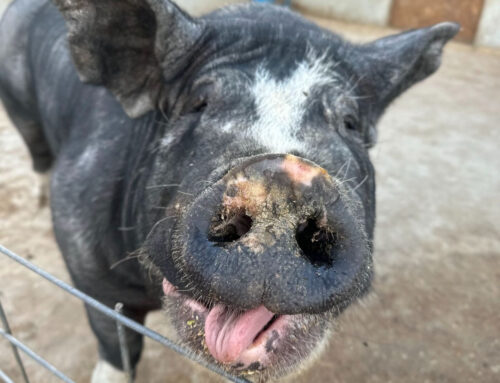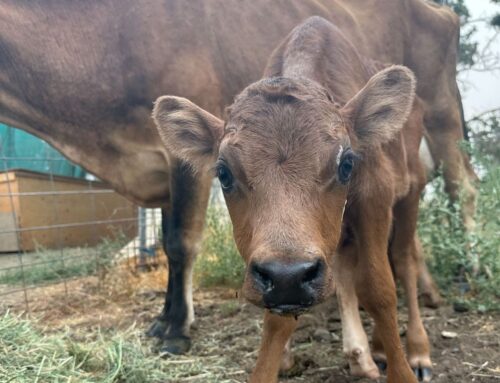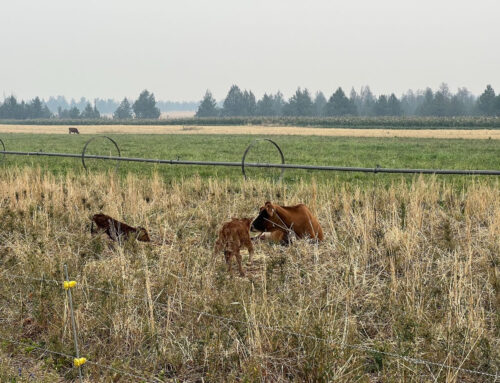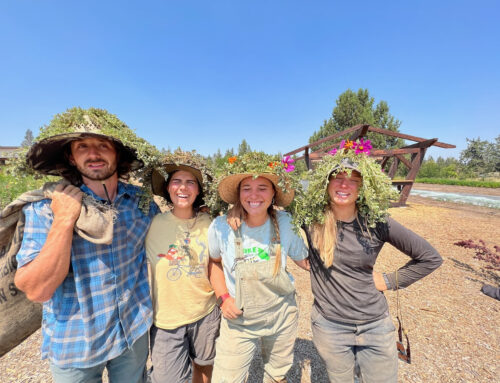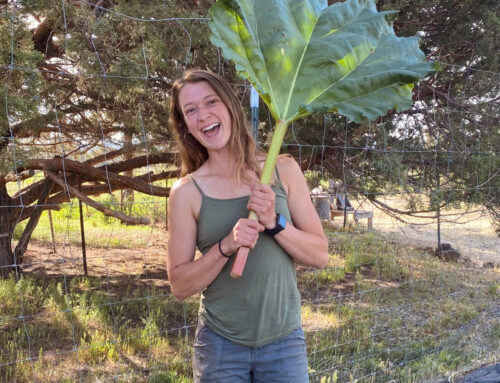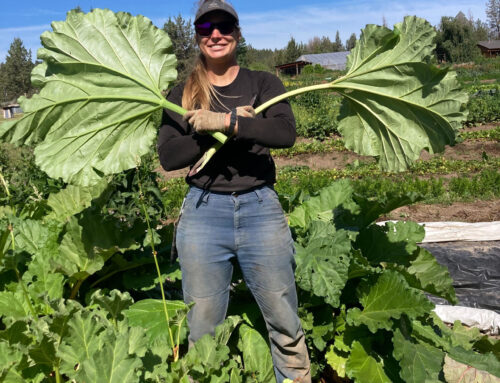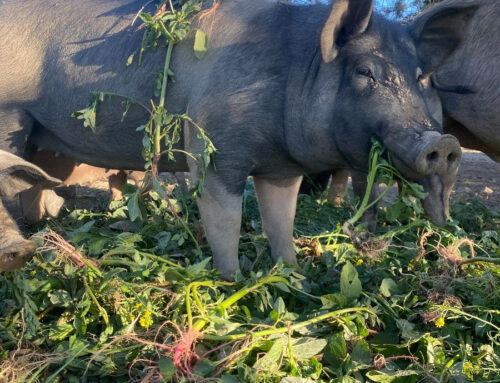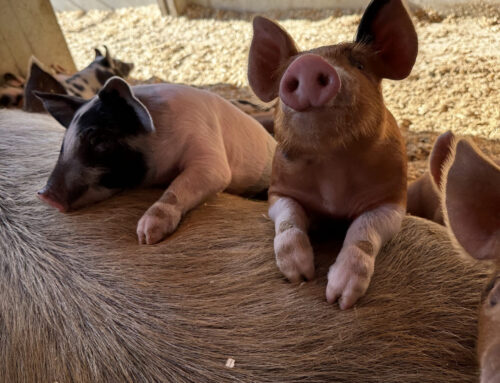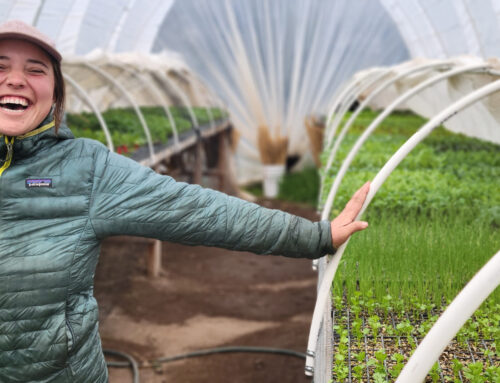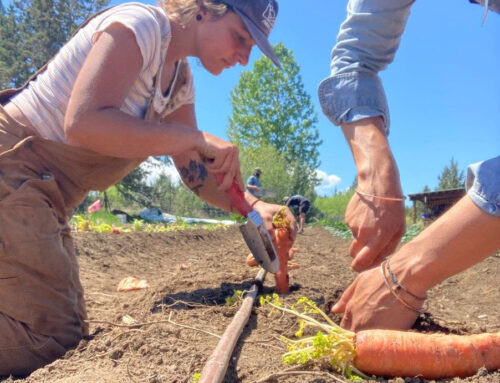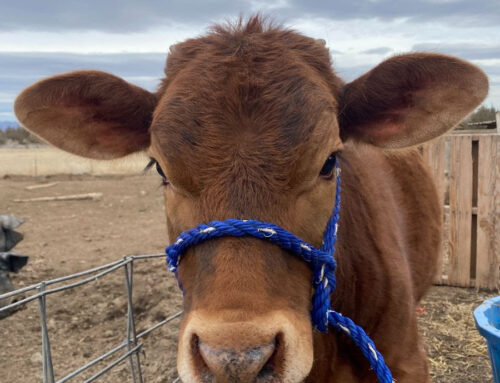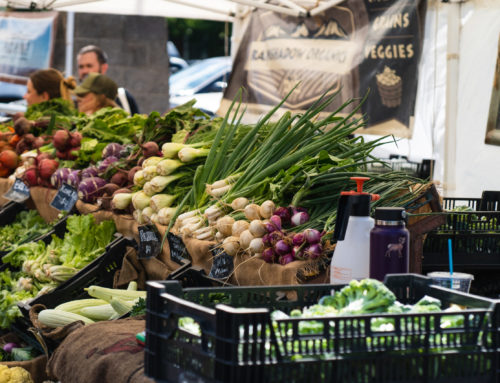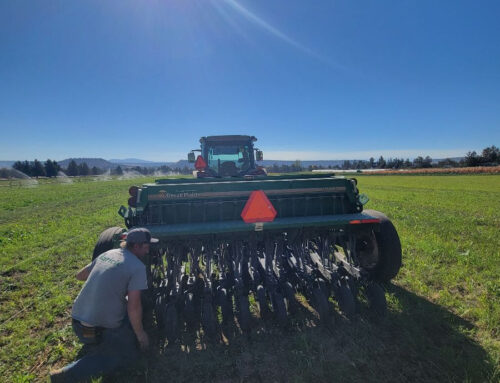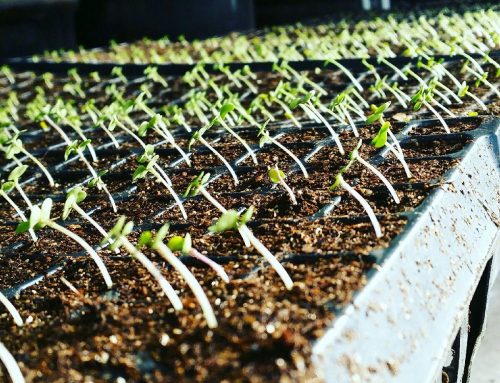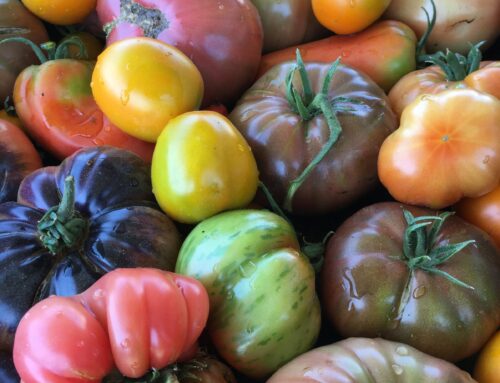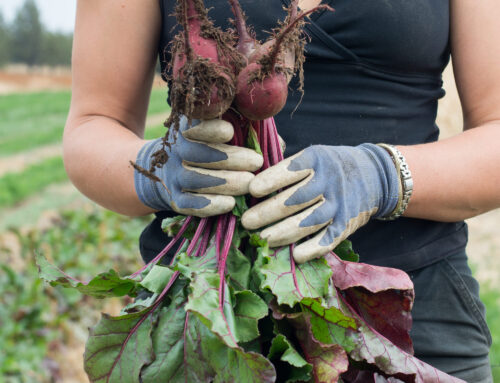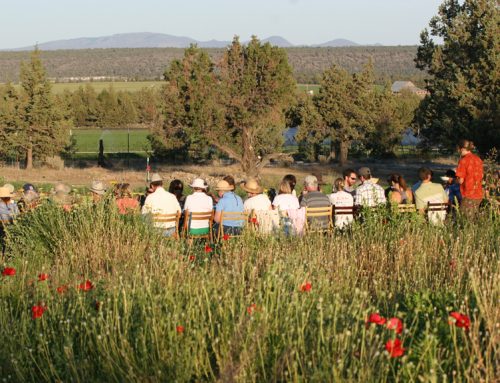News from the Farm: Garlic Harvest & Flea Beetles
We did it! On Friday we harvested our first winter storage crop: Garlic! What a successful feeling. Individual garlic cloves are planted like seeds in October and then, sometime in July we stop watering them and let them begin to dry out. That is seven months in the ground. And then there is another 3 months of curing and tending before garlic becomes the garlic we are used to finding: rich, easy to peel, solid, and delicious. A long time to wait to see if your crop did it’s thing! And we are stoked to say, that the garlic looks AMAZING!
We harvest garlic when the stalks are dry, but not too dry, crate them up, and start the curing process. Curing takes a few months, usually around three, while the moisture is slowly pulled out of the garlic and the flavor finishes developing. This first couple weeks are pretty critical and we will rotate the crates of garlic to encourage even curing on it all. After this first bit of curing, we will trim the dry tops off, clean them up and put them away for long storage. Then, every month we will go through the bins and check for mold and sprouting, keeping the stock rotated and making sure we use everything at the right time.
Right now everything is stacked in the mill building with the doors wide open encouraging the the air flow so the curing goes well. The smell of garlic in the parking lot is pervasive and delicious!
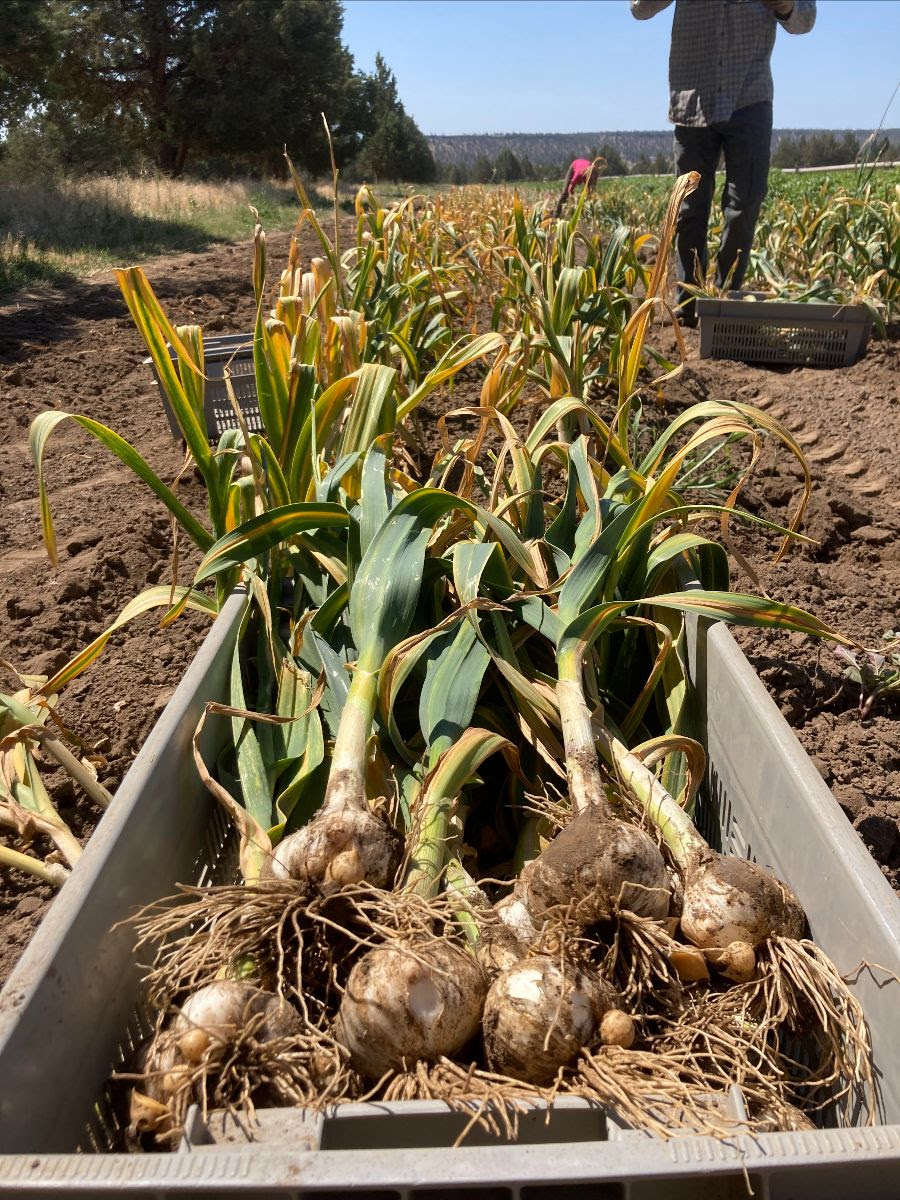
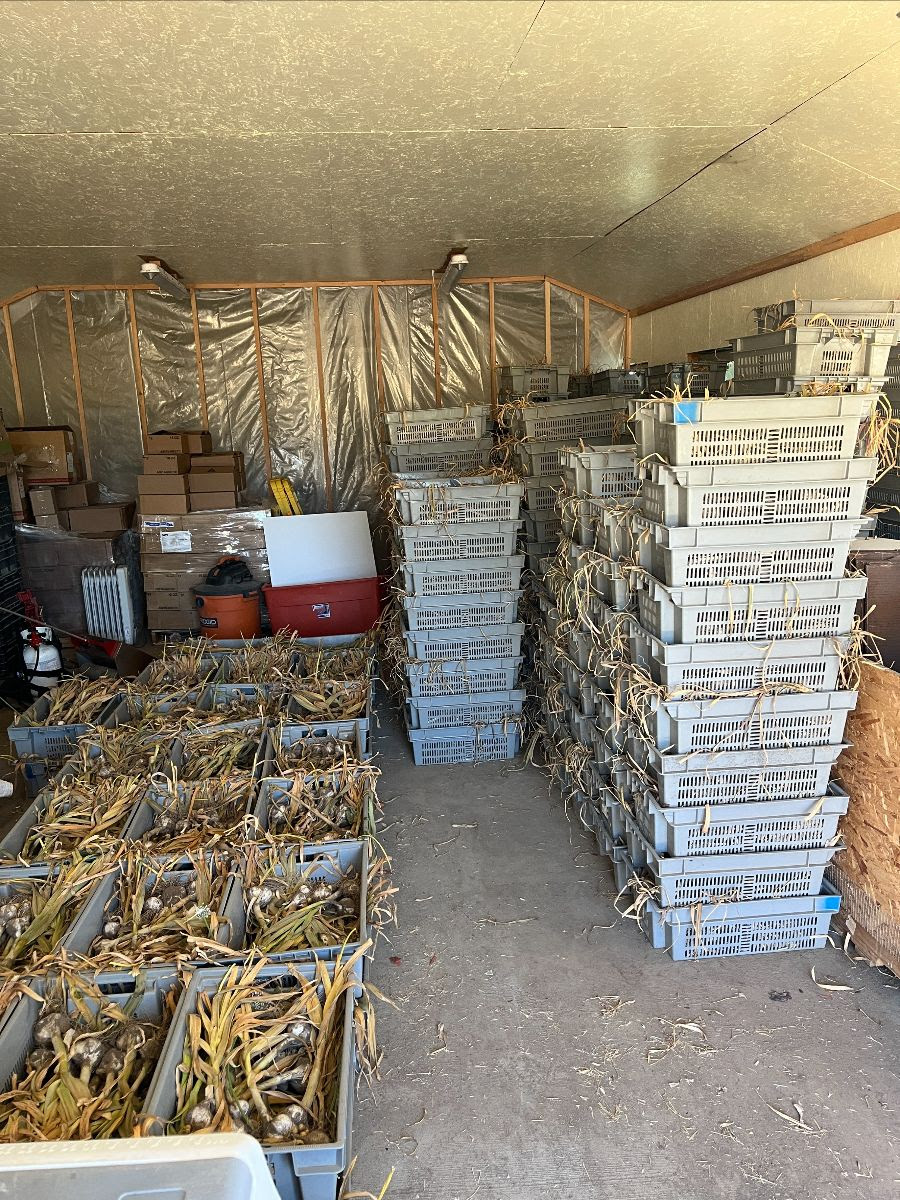
|
|
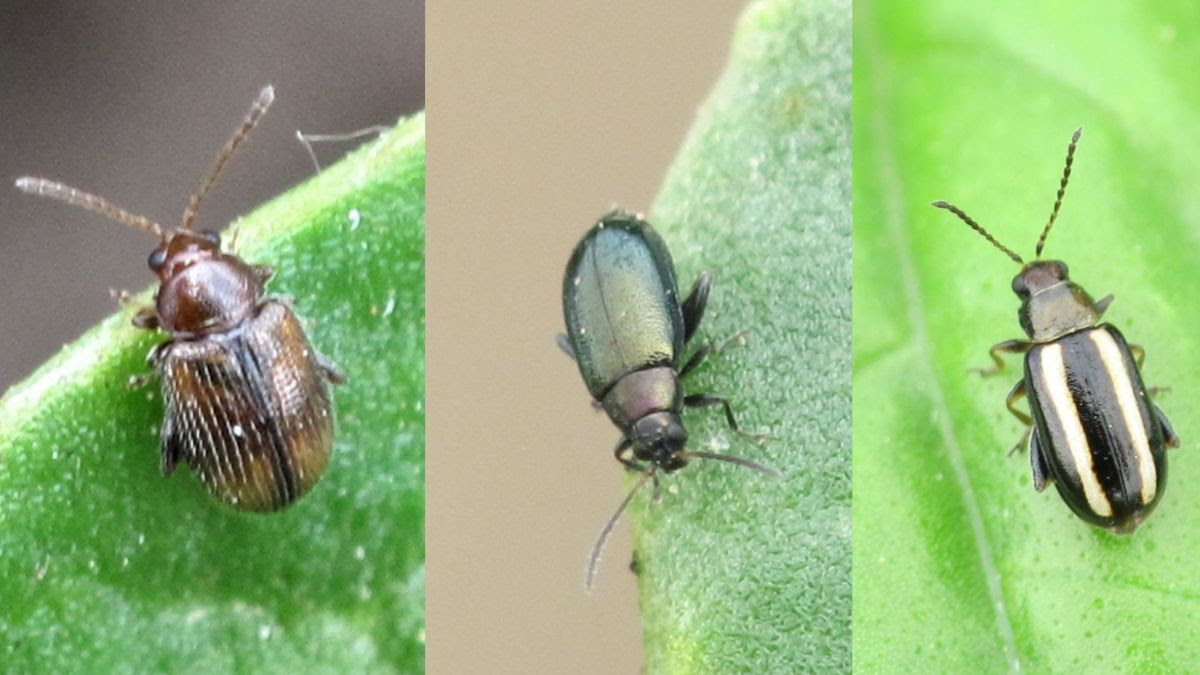
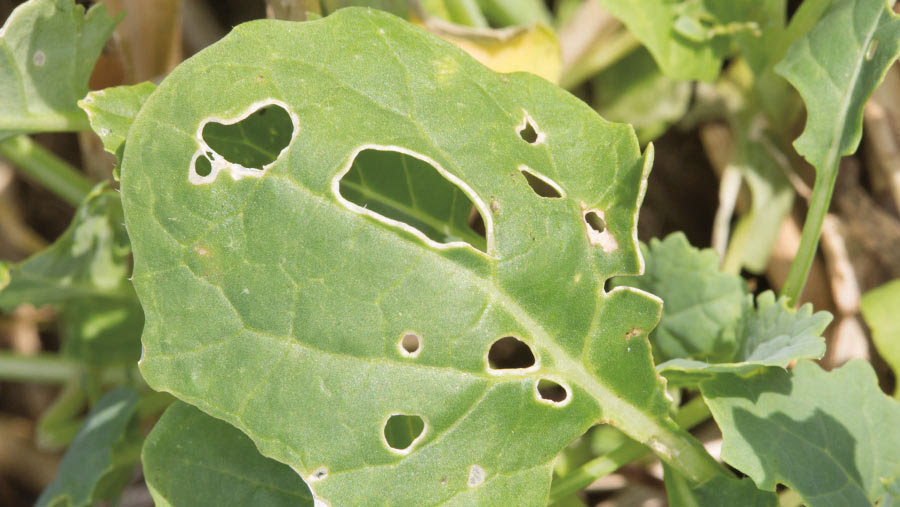
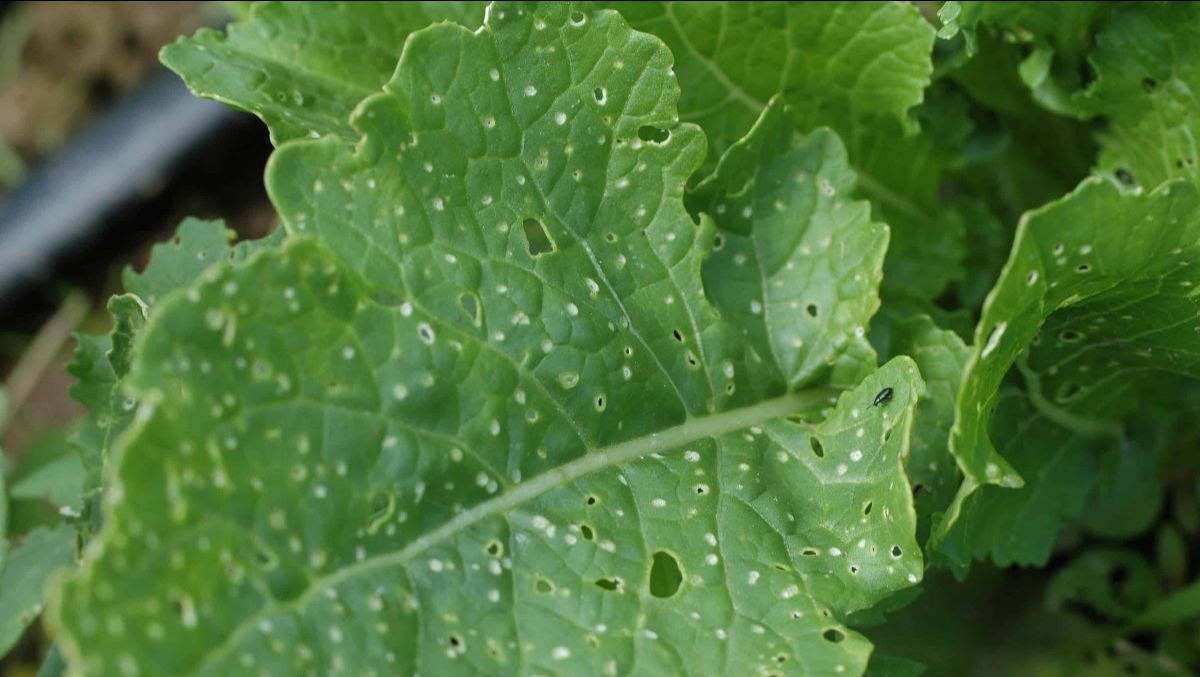
|
|
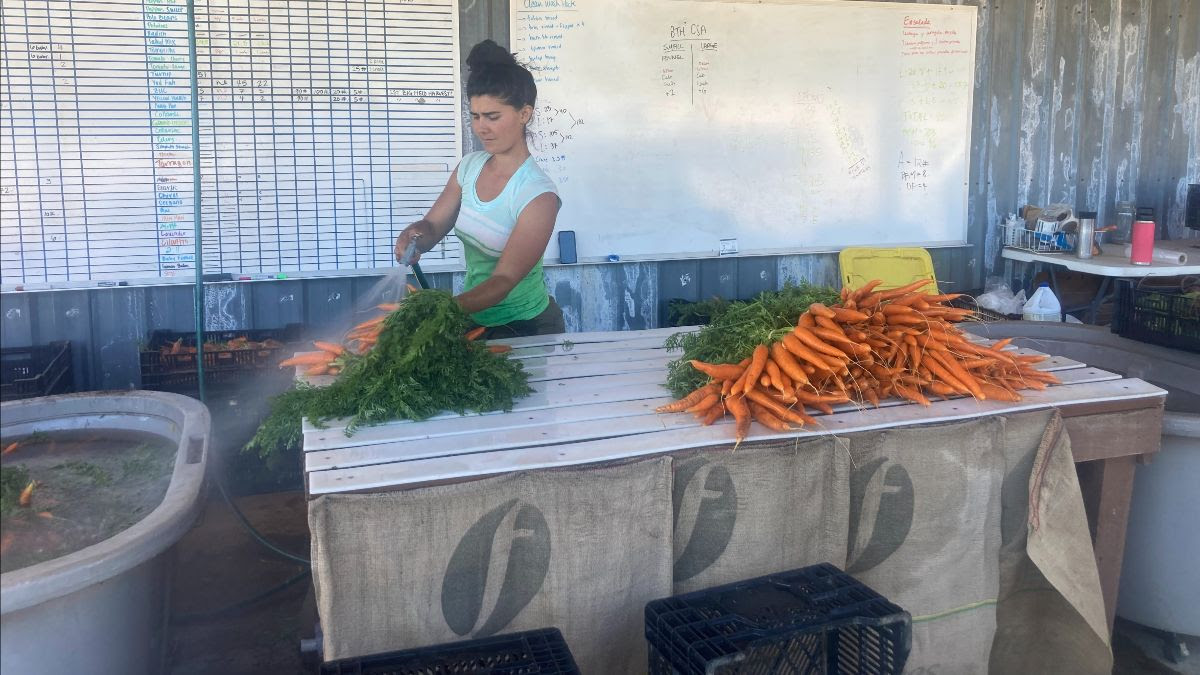
|
photo credit: Laura Chappell, Natalie Leder, Camilla Becerra Riroroco
Did you know that we rinse off and take the field heat out of almost every vegetable that goes into your CSA? We harvest, transport to our wash & pack stand, and then rinse and/or soak the veg to perk them up, get some of the dust off, and then prepare them for you! ☙ The 25 acre is providing! Last year we had a really poor beet crop and this year, the beets are making up for it. Beet harvest involves, pulling beets out of the ground, trimming off the outer leaves, and then bunching them with rubberbands. ☙ Last week was our first summer squash/zucchini harvest in the 25-acre. While the patty pan squash are still taking their sweet time, zucchini and yellow summer squash season is upon us. Brace yourselves! |
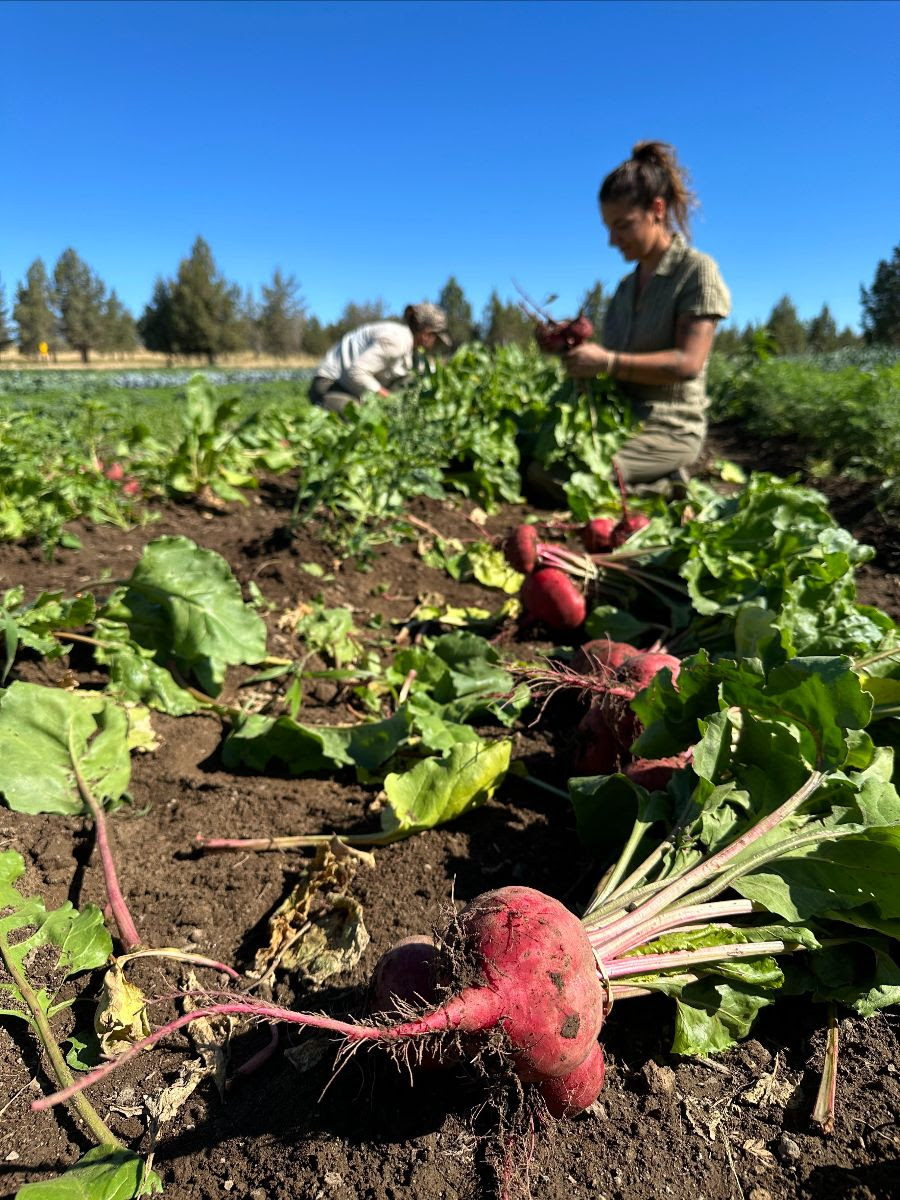
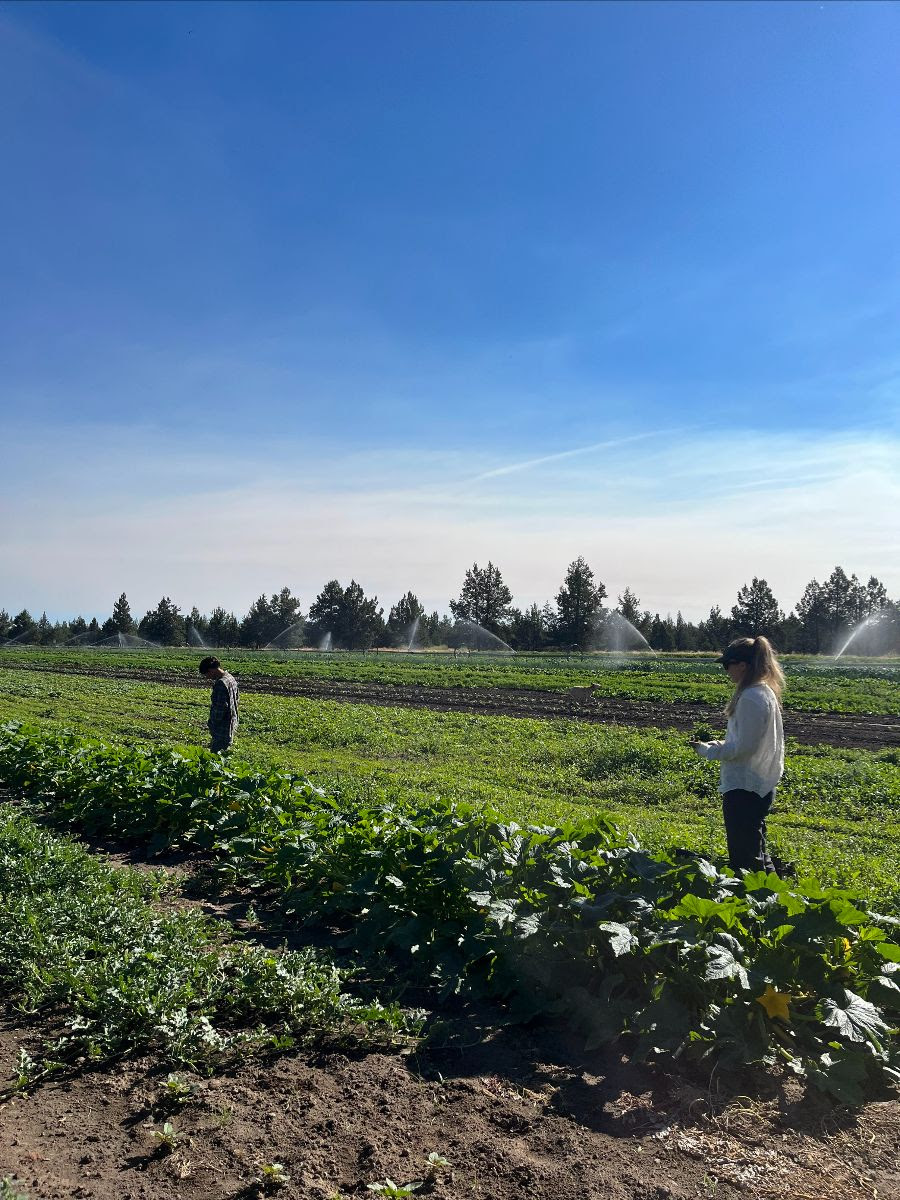
Veggie ID: Zucchini & Summer Squash
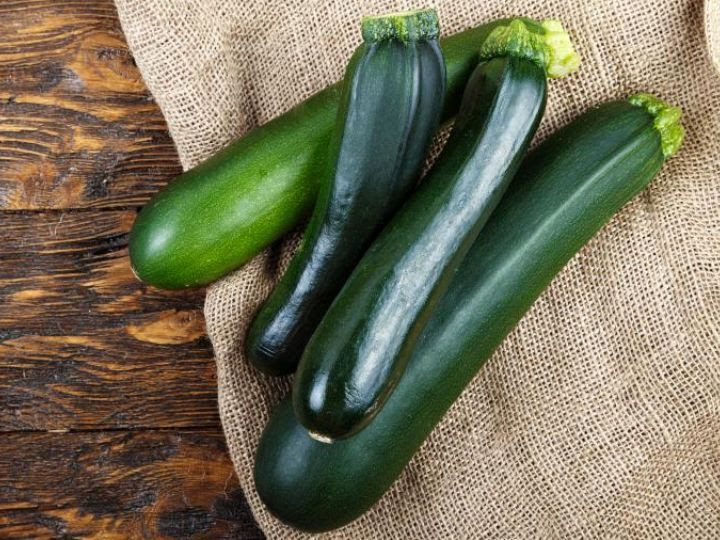
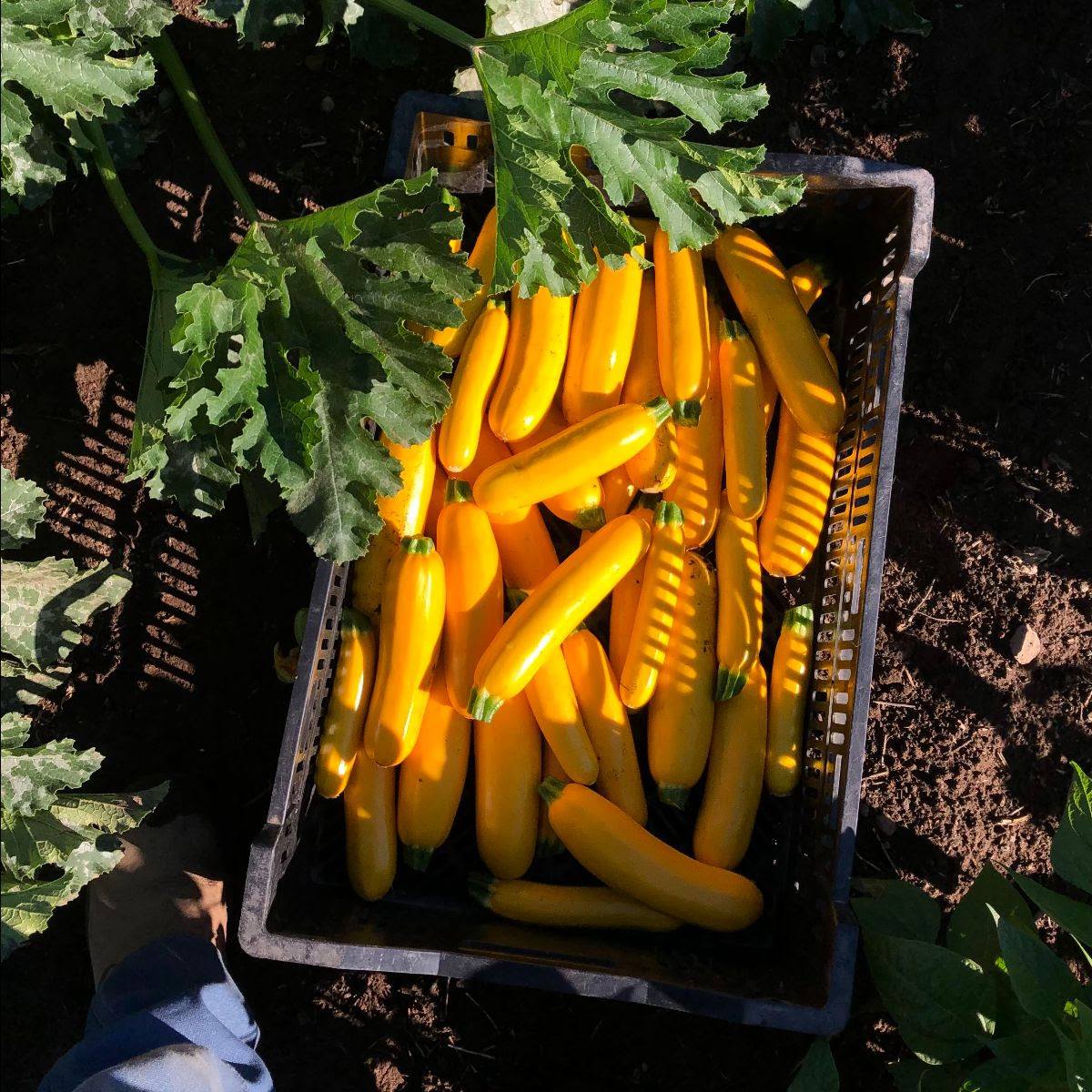
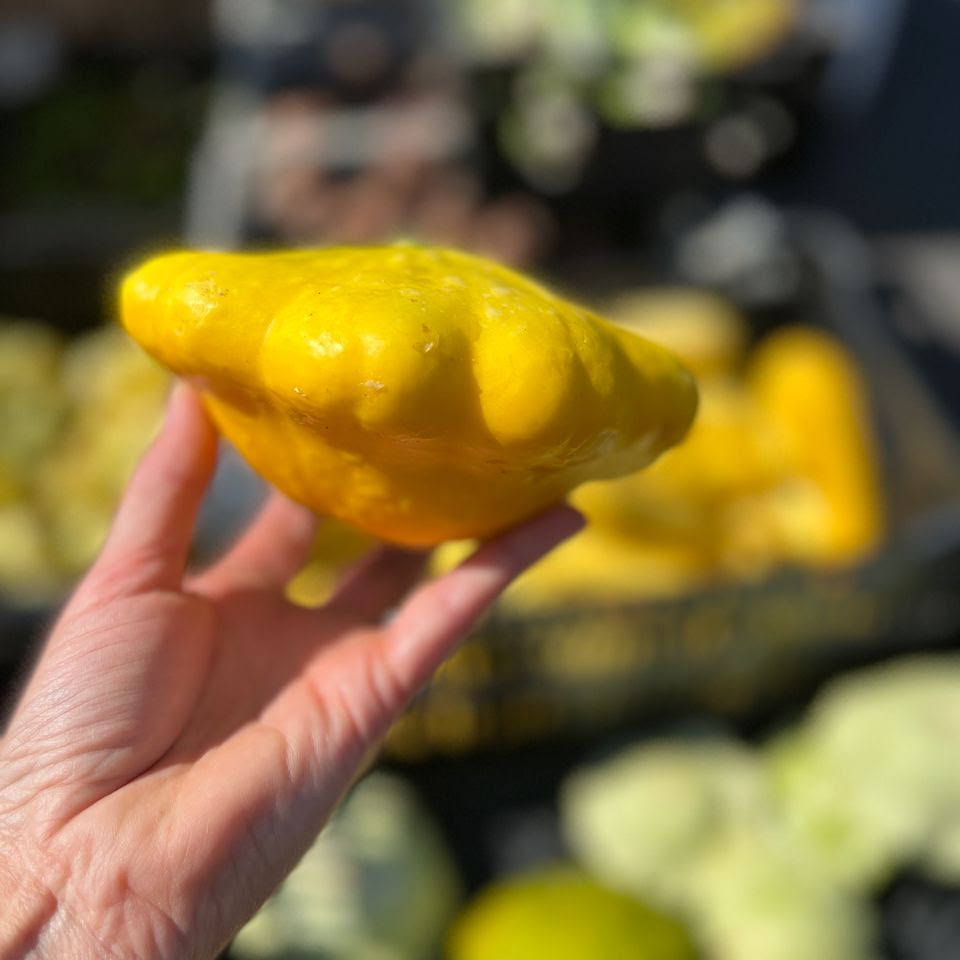
|
photo credit: Zoe Griffith, Katya Hardman
Summer squash is a general term for 70 different types of fast-growing, tender-skinned, soft-fleshed squash including Zucchini, yellow squash (either straight or crookneck), and scallops (or patty pan) which look like flying saucers. If you get a giant-sized zucchini, shred it up and use it for making zucchini bread. It will be too tough and seedy for other recipes. To store: Store squash unwashed in the vegetable bin for about a week. To prep: Rinse under water to remove the dirt or prickles, and slice off the stem and blossom ends. Then slice or chop. Scrape out seeds from giant sized zucchinis before using them to bake. To use: Slice tender, young summer squash raw into salads. Try them in stir-fry or with pasta. Lightly steam (4-5 minutes) and dress them with fresh herbs or pesto. Or coat squash lightly in oil and roast at 350F whole or sliced in half for 15-45 minutes. Stuff whole squash with your favorite stuffings. Bread them and make zuke fries. Or, our favorite, make zuc-a-mole, a zucchini based guacamole alternative that tastes almost exactly like guacamole (see recipe below!). To freeze: You can freeze grated zucchini for use in breads and muffins. Squeeze as much liquid out as possible before adding to the freezer bag. |
|
|
Basil
Beans
Beets
Broccoli
Cabbage
Carrots
Chard
Cucumbers
Eggplants
Fennel
Fresh onions
Green onions
Herbs
Kohlrabi
Kale
Lettuce heads
Napa cabbage
Potatoes
Radish
Rhubarb
Salad mix
Salad turnips
Summer squash & zucchini
Tomatillos
Tomatoes
Yod Fah
Meat CSA: swine is fine!
This week the Small meats get a pork sampler, and the large CSAs get chicken broth and a pork sampler!
Large CSA (10lbs)
• quart chicken broth
• 2 packs bacon
• +/- 3 packs of ground pork or linked sausage
• +/- 3 pork chops, boneless or
bone-in
Small CSA (5lbs)
• quart lard
• 1 ham slice
• 1 pork chop, bone-in or boneless
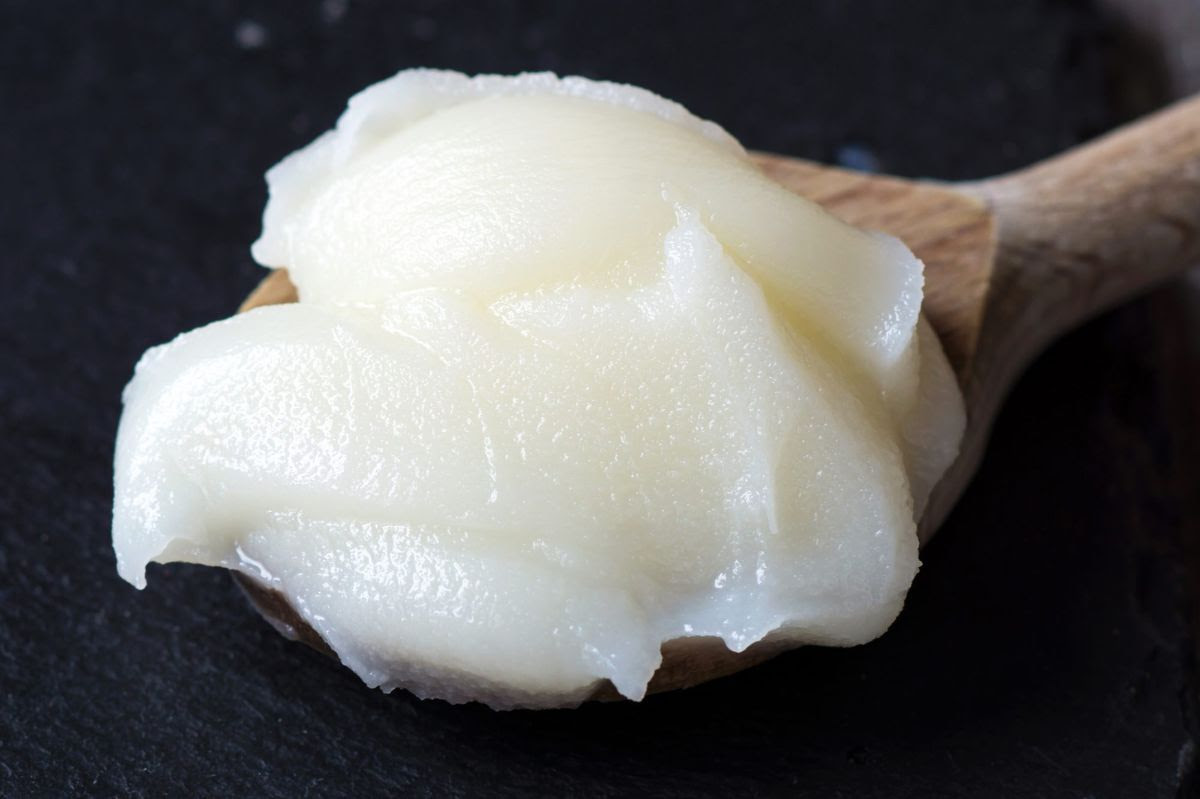
Lard?!? Why is that in my share?
Lard is rendered pork fat that we cook down from the fat we get back from the pork butcher. The strained product is an incredible cooking fat. You can use it as you would any other cooking fat – butter, olive oil, coconut oil, etc. We use it to sauté veggies, cook meat, fry eggs, and in baking for pie crusts, biscuits, and even granola.
We use our lard as our staple cooking fat for many reasons here on the farm. First and foremost being that it is a very minimally processed almost whole food and we know exactly where it comes from. The other reason is that it is full of all sorts of benefits:
- high in vitamin D — yay meal based vitamins!
- contains healthy cholesterol and contains the beneficial fats (poly and monounsaturated) as well as saturated fats — science is beginning to indicate that saturated fats aren’t as bad for you as they once thought
- has a high smoke point so sautéing veg and meats is that much better for you — no carcinogens released during cooking!
- lard has a fairly neutral flavor so what you are cooking will still taste like the ingredients you started with instead of the oil you cooked them in
|
|
|
|
|
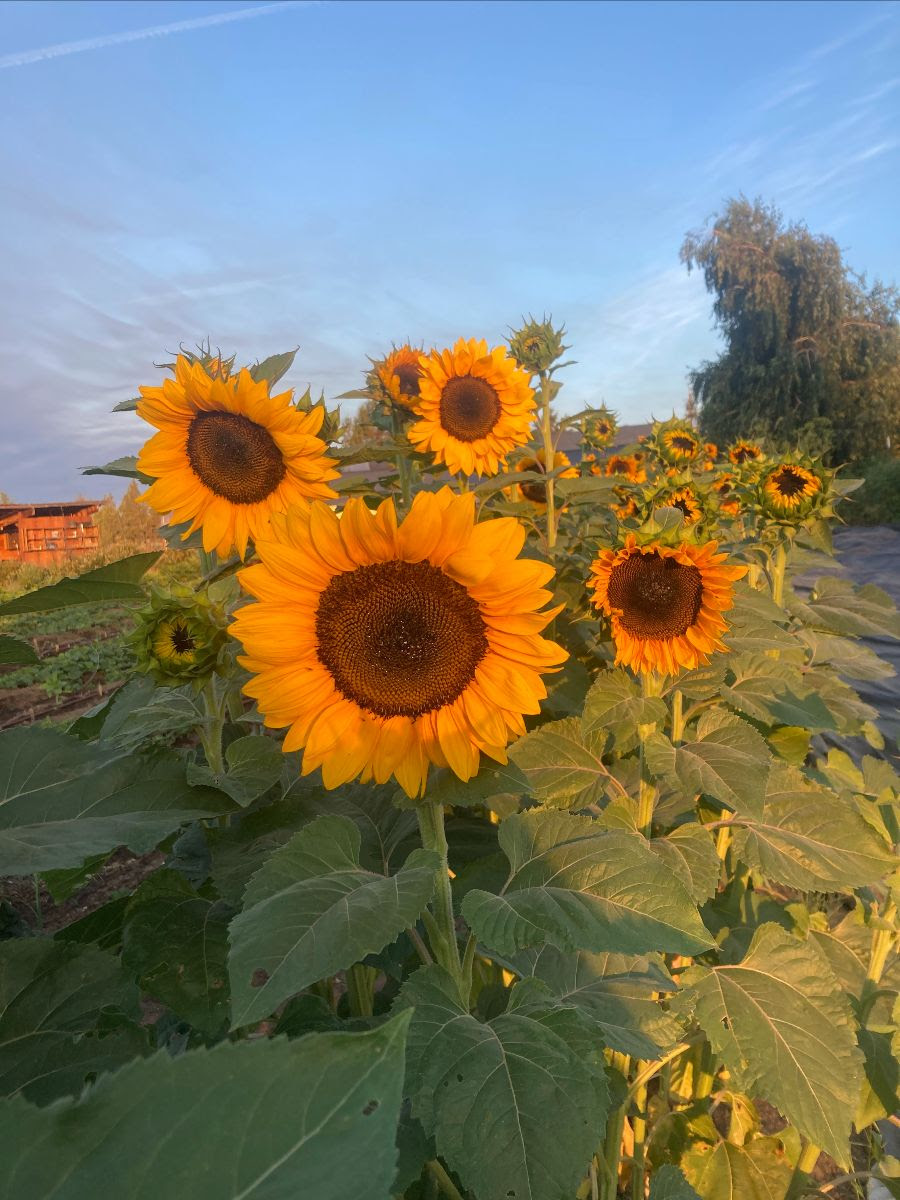
We will see you Wednesday, July 26! We hope you are enjoying all the variety right now, we sure are!
The Farm Crew










